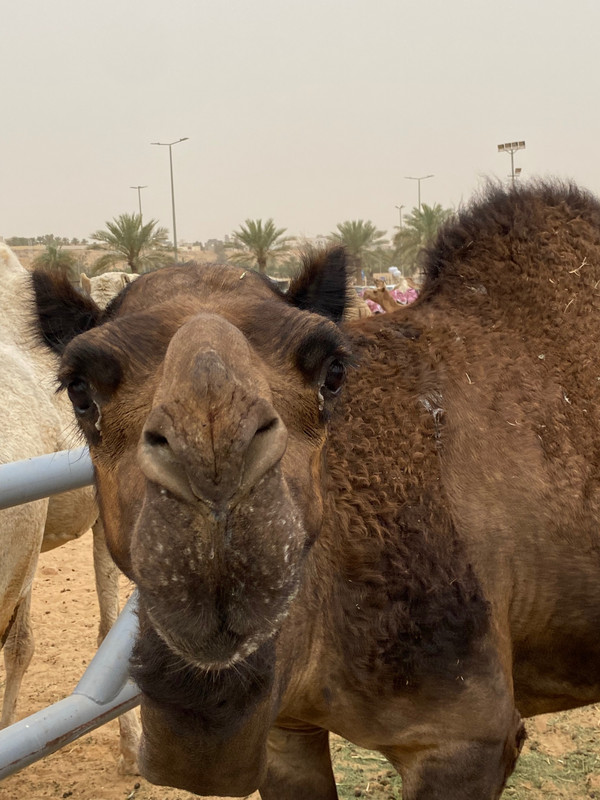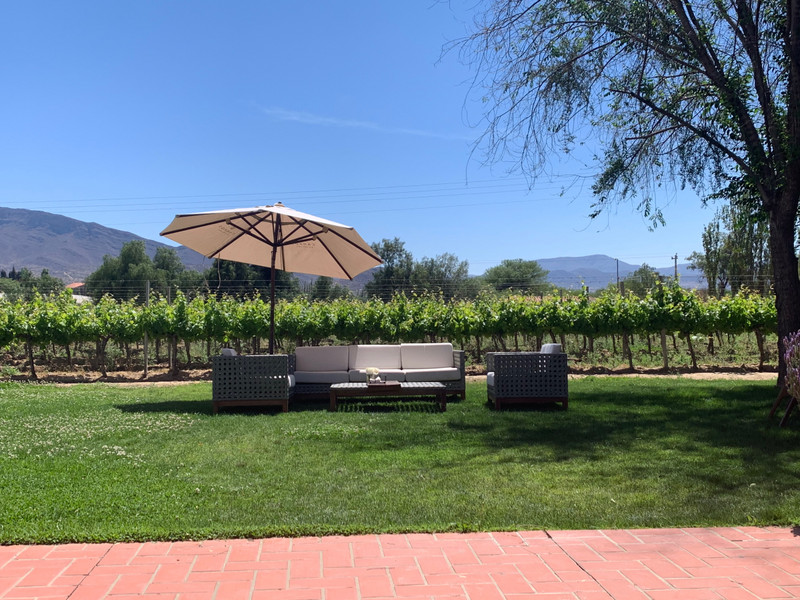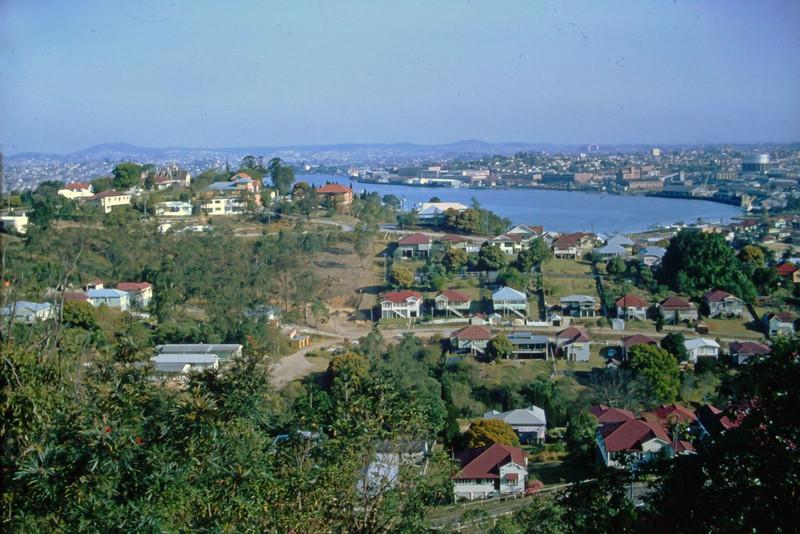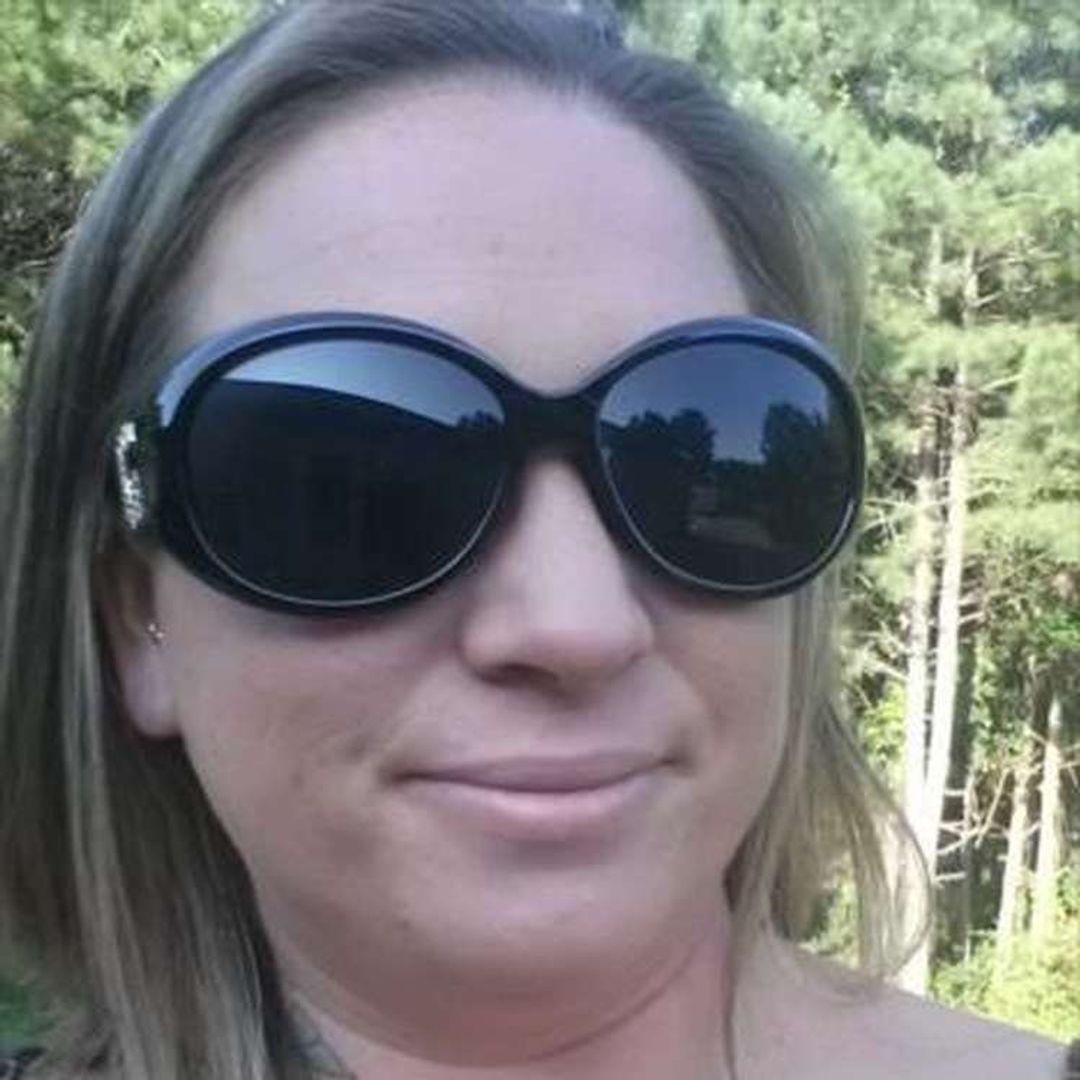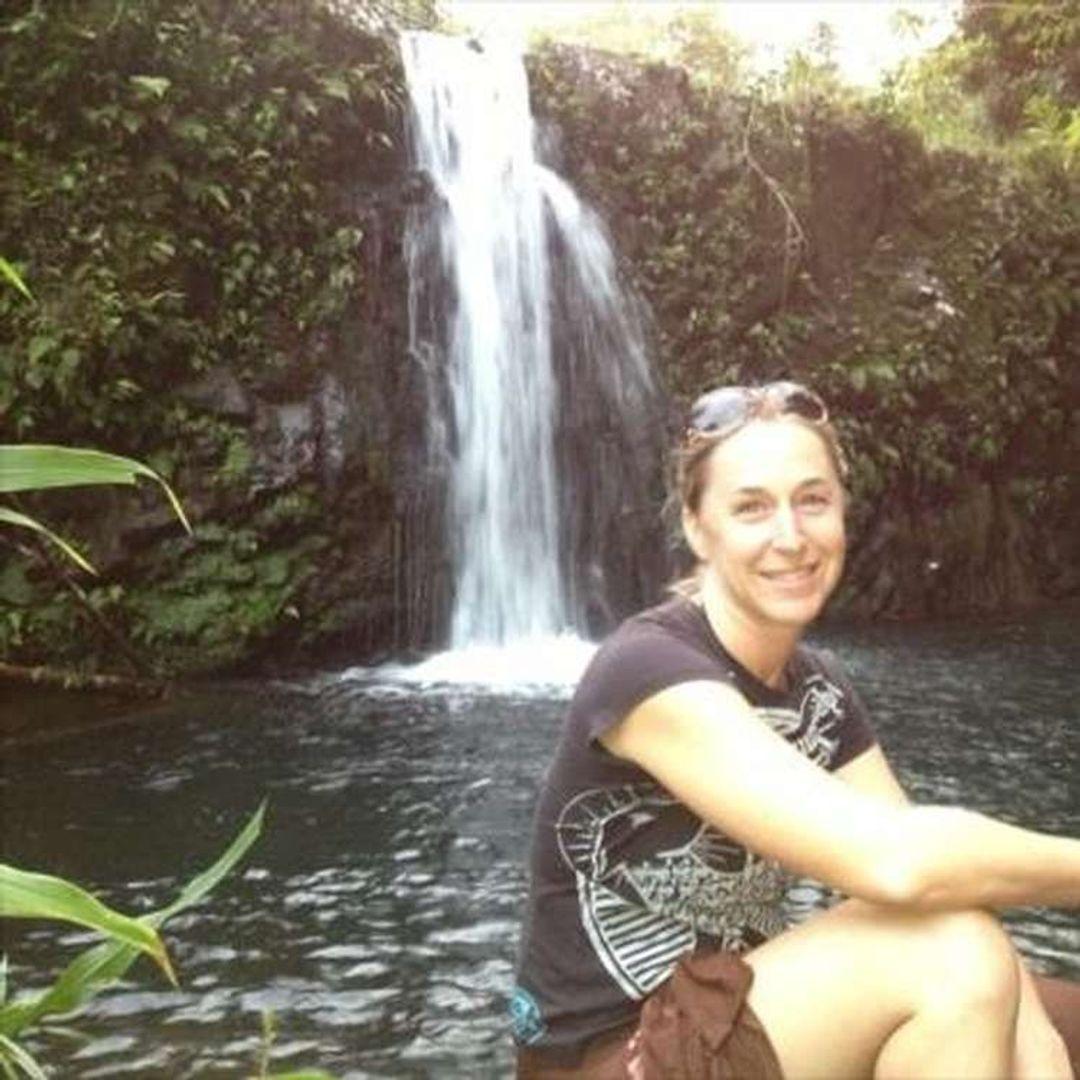Our last few days in Saudi Arabia continues to delight and amaze. There seems to be no end to the variety of things to see and do. But then again, were just giddy tourists drinking in what this country has to offer. Its not that we are easily amused, we just never tire of taking in our surroundings and learning more about this desert nation. The western tourists will definitely enjoy their time here as they learn the rich culture and history of Saudi.
On a rather cloudy (yes, cloudy) morning, our bus driver departed from the sealed road and drove on an unmarked road which brought us to the edge of an extinct volcano. Weve learned that since tourism is in its infancy here that guides and drivers take on even more responsibility as they possess the road knowledge as there are no signs that say turn here for a really cool volcano crater. We walked the circumference of a volcanic crater called the Harrat Hutaymah Crater. Five of us made the trek around the crater and two went back to the bus. Our guide probably wishes he had a cattle prod to get us moving faster, but the
footing was not ideal and we are not 30 years old. Werner was a fast walker and proceeded on without us. The rest of us enjoyed talking, taking photos, and making certain we didnt slip on the gravel. The walk was a bit more difficult than we expected due to the volcanic gravel which made our footing uneasy. The walk was expected to in an hour and a half. We did the walk in a bit over two hours. They sent Werner back to look for us as they decided something bad had happened to us. We were aged 63 to 74 so we were being careful. None of us wanted to take a tumble. The crater was foggy for part of our excursion, but we caught glimpses of the crater floor as the morning wore on. We did not even see anyone else until we arrived back at the bus. This is pretty cool as we had this wonder of nature to ourselves.
We journeyed on for a visit to Ushaiqer Town to enjoy the Najdi architecture, visit a local museum and have lunch. The architecture is lovely. Walking around each of these small towns gives
you and appreciation for life in a desert and the architecture and colors used are a reflection of practicality. The rust colors blend into the landscape while the white trim provide beautiful contrast. Once again, although this place could be considered a reconstructed town, we felt as though we had it to ourselves. In ten years, this will certainly not be the case.
We were up early the next morning, but not because we had a long voyage, but because we were headed to the camel market and on the road to Buraydh. We are told this is the worlds largest camel market in the world where camels, goats and sheep are traded every day except Friday. We focused our attention on the camels. We were instructed to pay attention when gathered around an auction and not to nod or flail our arms about or we might we trying to get a camel into checked luggage! The camel market was freaking cool. It ended up being one of our favorite things. 2,000 people and 10,000 camels (and a lot of camel poo). We learned the camels are divided into three sections – working camels, milk camels and beauty camels..
and yes, we drank camel milk on this trip. It is rather watery and a bit sweet. As you wander through the thousands of camels you must stay on high alert for a rogue camel darting through the crowd. At one point there was a near miss but we jumped out of the way in time. Most of the camels have had one leg wrapped with gauze so they can only use three legs and not run off. Otherwise it would be utter chaos and it came pretty close as it was. A camel seller will begin his auction and buyers will gather and make bids. It is rather informal as several auctions can be taking place at one time. The market is very aromatic as you can imagine.
Once a camel is purchased the new owner pulls his truck up to the loading area where they lift the camels in the air with a crane and into your truck.
